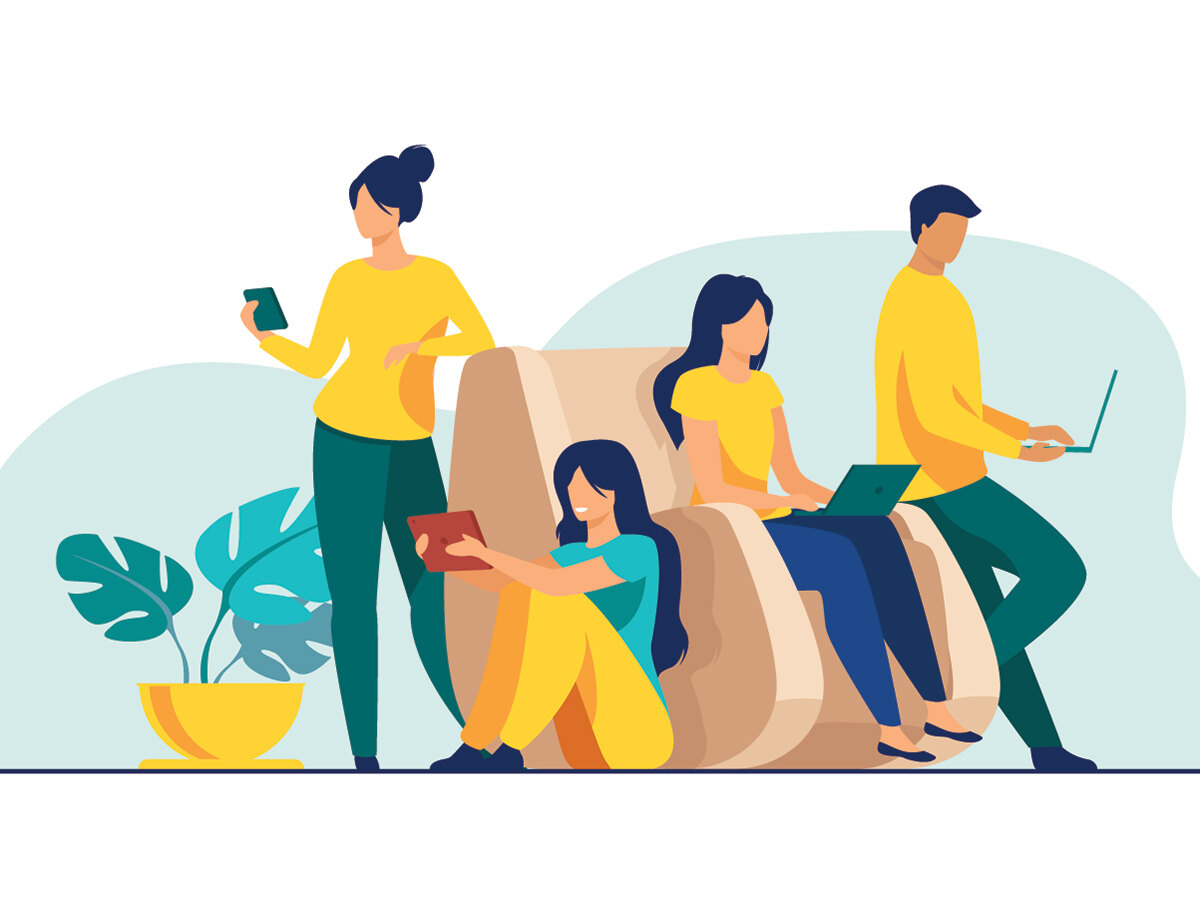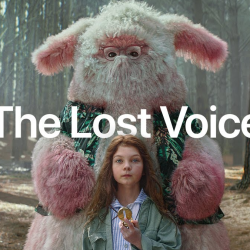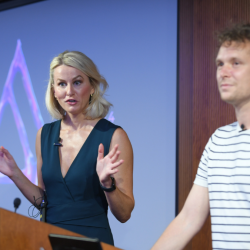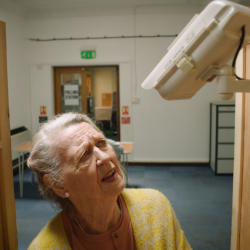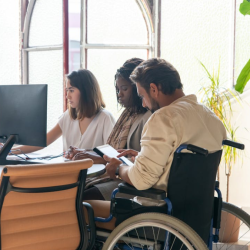As brands the world over embrace the digital-first mindset that is critical to business success today, many are still failing to include accessibility in their company websites, mobile apps and wider digital strategy. In the past twelve months, many of us have increased our reliance on digital channels. I’ve been using videoconferencing apps to stay connected to my friends, even though some of them live just down the block from me, and I’ve also been taking courses online during the pandemic. Digital has allowed me and others a semblance of continuity, even as shops and schools close their doors, in-person socializing is put on pause and even going to the doctor’s is no longer that simple.
But what of the 15% of the population who live with a disability and who, as a result, have limited access to these digital services? In 2019, Nucleus Research published results from a survey, which found that 70% of websites were not accessible to people with vision impairments — that’s over 800 million sites. While some of these sites didn’t contain accessibility-friendly features, others actively blocked assistive technologies due to poor design.
In the age of Covid-19, where so much of what we do is purely online, this poses a huge problem for those living with disability. Today, the inaccessible internet is limiting people’s ability to shop, to communicate, to access entertainment and — in some cases — even to access vital government resources.
So how are people living with disabilities getting around this issue? Well, the fact is, they’re not.
Brands’ online blind spot
Nucleus’ research revealed that when users with vision impairments were faced with these sorts of accessibility blocks, two third were forced to simply abandon their transactions. There was no other choice.
Simply put — if a site isn’t accessible, visitors with impairments will simply exit, no matter how engaging your content, how optimal your load time, or how much care you have put into the “customer experience”. The end result is bad news for these customers, bad news for the business, and bad news for society.
Individuals living with disabilities should not have to adapt their lives to inaccessible content — it’s up to businesses to take responsibility for creating inclusive online experiences as part of their wider commitment to customer service. Unfortunately, for all their talk on the importance of providing an exceptional customer experience, it appears that most businesses don’t feel every customer deserves the same great experience when they browse online.
So why is it so hard? Why are companies struggling to make their websites accessible, despite recognizing that delivering superior customer experiences is key to business success in 2021?
The standards for digital accessibility are clear and the guidelines for making the web accessible to all are widely available. The W3C Web Accessibility Initiative (WAI) has developed extensive guidelines and resources for individuals and companies and has also actively promoted the business case for accessibility. But compliance is still a complex issue, and guidelines and requirements vary from one region of the world to another.
As a result, digital accessibility is often an afterthought rather than a priority — meaning brands are often scrambling to adapt their websites once they have been built rather than designing with accessibility in mind.
Inclusivity is not an optional skill
Lack of training is partly to blame for this, and many developers and UX/UI designers are not equipped with the fundamental tools and knowledge to create inclusive digital interfaces. But it’s not just back-end developers who should be knowledgeable about digital accessibility — all experience and design professionals should have an understanding of what they can do to increase accessibility at every step. Whether it’s the UX/UI designer prioritizing inclusive design, the marketing department steering developers in the right direction, or community managers ensuring the content they post can be engaged with by all — accessibility is everyone’s business.
Of course, making your site accessible doesn’t happen overnight. Building an accessibility roadmap can be a daunting exercise for business leaders and one that takes time. That’s why there are a lot of organizations out there looking to help businesses, retailers and brands make the transition to a more accessible browsing experience.
In my own work with the Contentsquare Foundation and AdaptMyWeb, we’re working closely with many of the world’s biggest brands to help identify which accessibility roadblocks to prioritize so that they can tackle inaccessibility in a methodical manner. While we recognise that this sort of piecemeal approach to digital inclusivity is not the goal, it’s an important first step.
New technologies will also play a huge part in this fight. We have already started developing a platform for students with reading difficulties to make sure no students are hindered by inaccessible learning materials. At the same time, by building these considerations directly into the analytics and UX tools that web and mobile designers already use, we can start to address these problems before they even begin.
There is also a significant education piece to be achieved, which is why we need to work closely with universities and web courses to expand digital accessibility training within the computer sciences curriculum.
From a societal perspective we need to address these issues, because it’s the right thing to do. But even from a purely business perspective, if your digital properties are not accessible, then thousands of potential customers will simply disconnect — not just from your experience, but from your brand.
That’s why it’s key you should design with all your users in mind and strive to create outstanding experiences not just for some of your customers, but for all.
Featured image: SurfsUp / Shutterstock.com

















